Weight distribution hitches are full-time companions for many avid travelers. The most commonly used and compared weight distribution hitches are the Blue Ox Sway Pro and the Equalizer. Here is what we learned from our research on how they compare.
The Blue Ox Sway Pro has chains and is suitable for most trailers. However, if the ball hitch doesn't fit, you'll have to spend more on upgrades. On the other hand, the Equalizer performs well, but the chains sometimes interfere with the performance of the spring.
According to reviewers, the performance of the two weight distribution hitches is relatively the same. However, continue reading to see their benefits and drawbacks.
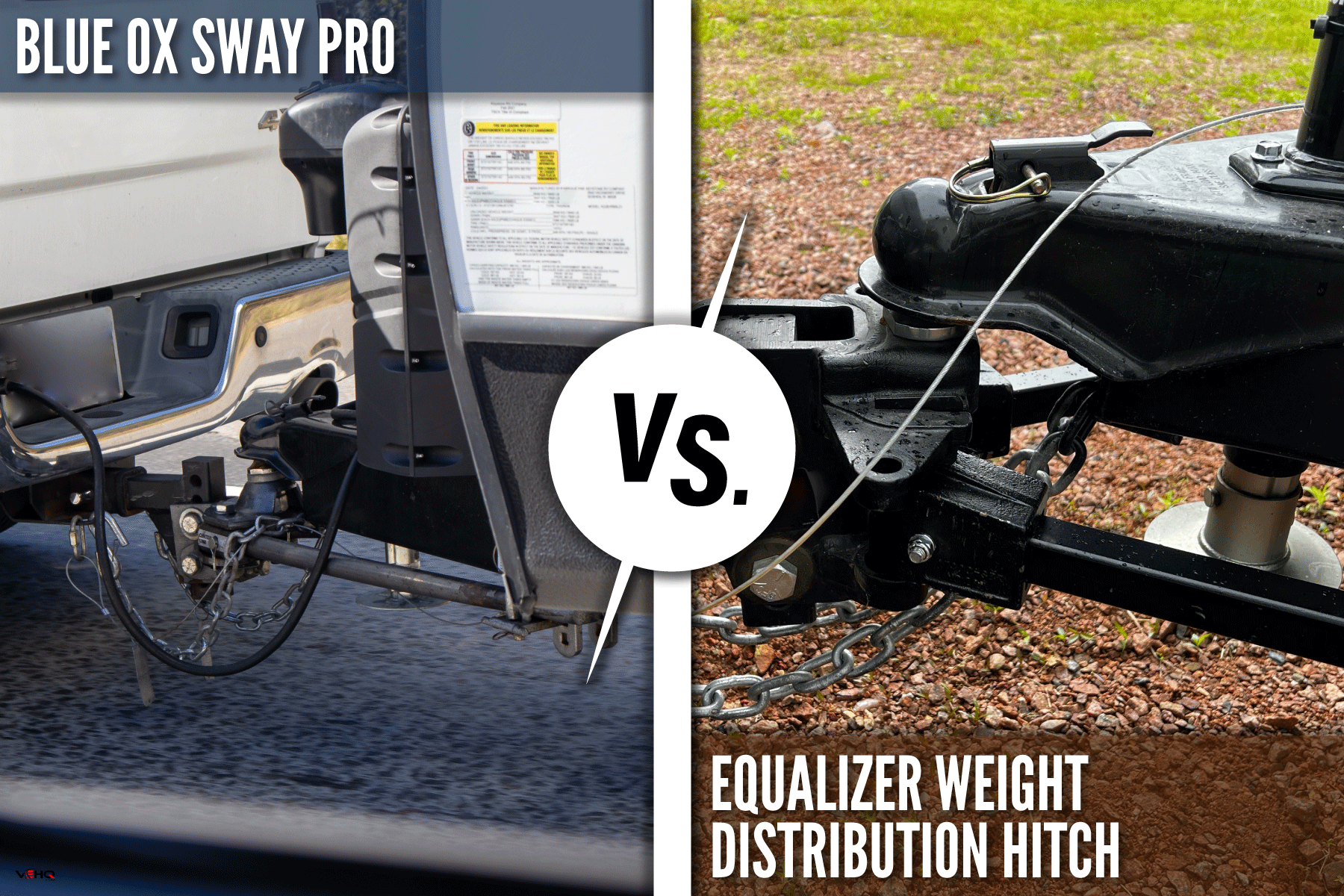
Choosing A Weight Distribution Hitch
Before you settle for either of the weight distribution hitches, it's ideal that you comprehend their differences or similarities.
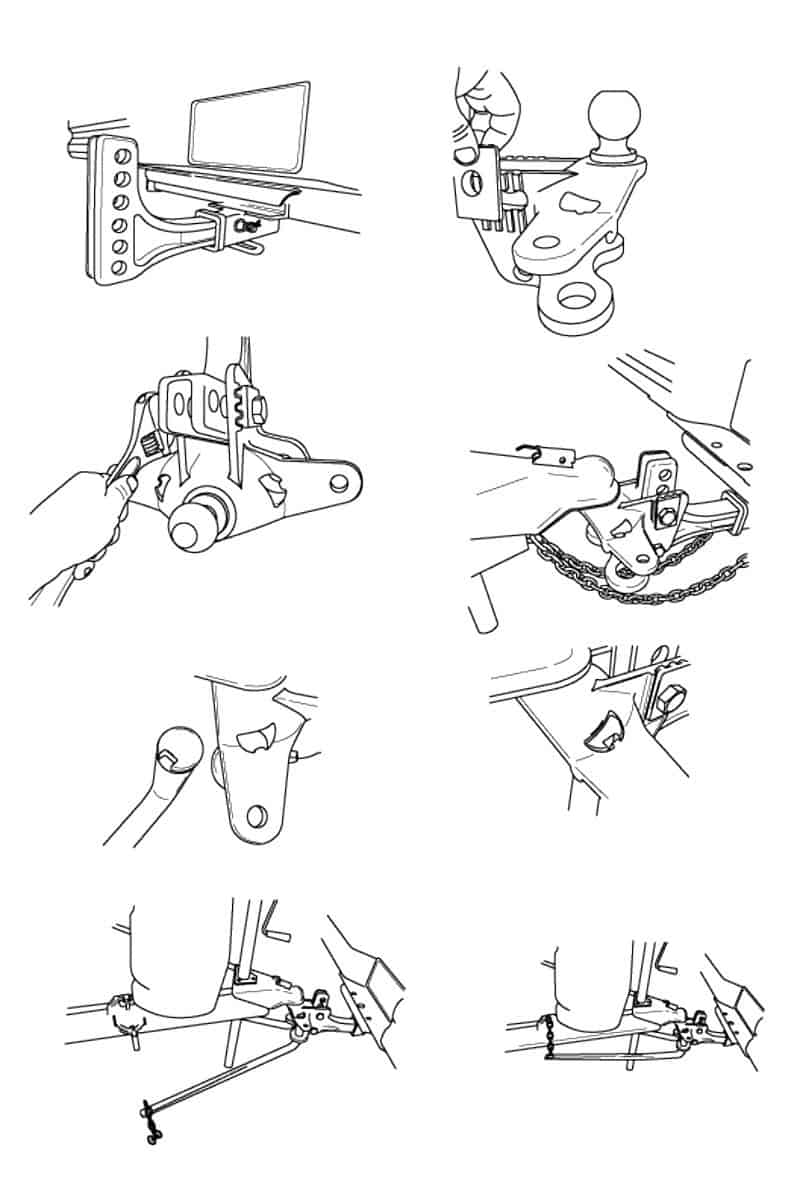
Blue Ox Sway Pro
This weight distribution hitch is steel and can handle more than 1,500 pounds.
Its most prominent features are:
- You don't need a hitch adjustment, as it redistributes any weight to the rear and front axles.
- The whole assembly can prevent sway and balances the trailer load evenly.
- The tilt is fixed into the head unit.
- There is a unique latch that rotates with lift brackets that connect to the spring bars of the trailer.
- Maintainance is simple because of the grease zerks in the head assembly.
- It can tow a total weight of 15,000 pounds.
- It works well with a two-by-two-inch trailer hitch receiver, and the frame should be between three and six inches.
- The Blue Ox Sway Pro is made in the USA with a lifetime warranty.
- It is easier to put into place than the other weight distribution hitches.
It isn't all rosy with the Blue Ox Sway Pro. It has a few drawbacks that might be significant to potential buyers, such as:
- Drivers might drive faster, but the Blue Ox Sway Pro weight distribution hitch won't handle it. However, this goes for other weight distribution hitches too.
- Most new-age Blue Ox Sway Pro hitches are not made of premium quality steel and don't last long.
- There might be sway though it's attributed to improper installation in most cases.
Equalizer
These hitches have great technology that helps them correctly redistribute weight, which is crucial when driving.
Its most outstanding features are:
- The design elevates the weight on the tongue trailer and diverts it to the axles.
- Unlike other cumbersome hitches, it's easy to hitch and unhitch, saving you time.
- An Equalizer weight distribution hitch can tow a total weight of 10,000 pounds.
The downsides of the Equalizer are:
- The chains protrude, which tamper with the movement of the spring arms damaging the trailer tongue.
- The additional cost of purchasing a lift ball helps increase the distance between the hitch head and the chains.
Which Weight Distribution Hitch Reduces Tongue Weight?
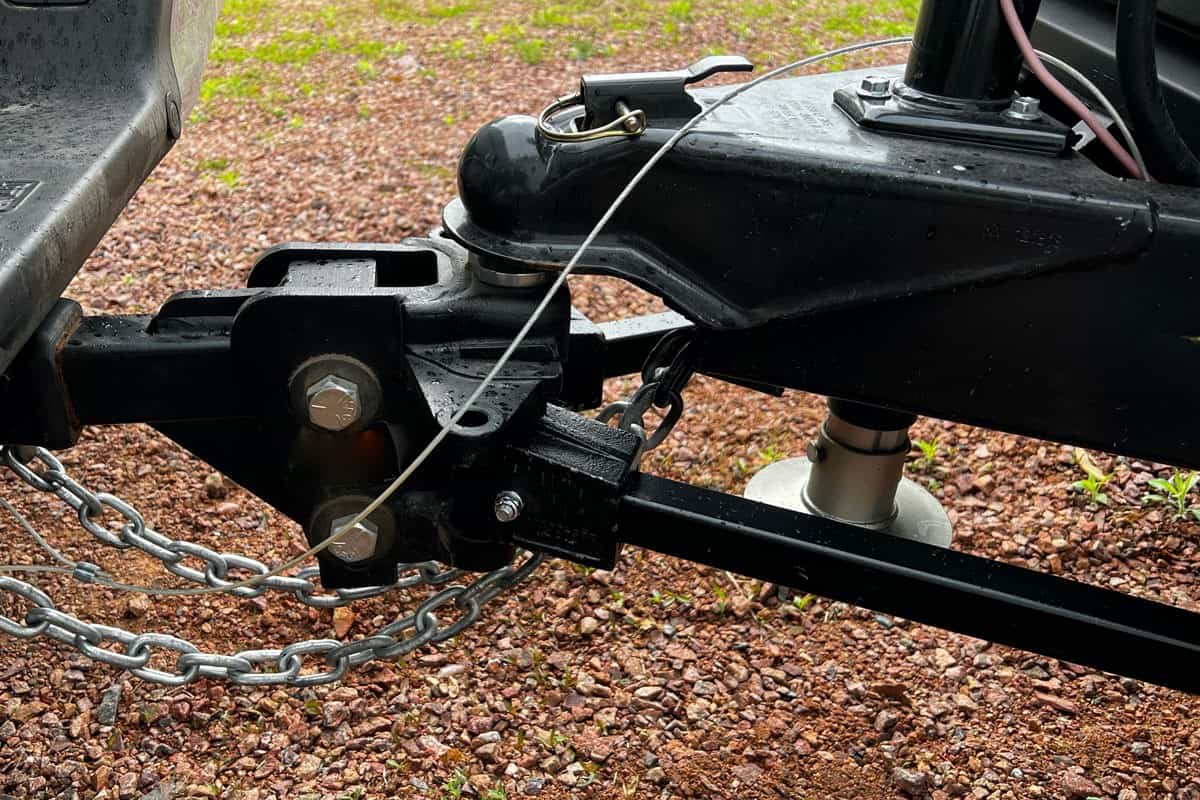
Weight distribution hitches don't reduce tongue weight at all. Surprisingly, the Blue Ox Sway Pro weight is added to the vehicle's weight as it is attached to the frame. On the other hand, the Equalizer redistributes its weight throughout the axles of the tow and trailer.
Which Hitch Is More Costly: Blue Ox Sway Pro Or Equalizer?
Weight distribution hitches are a costly commodity, especially if you are looking for good-quality ones. For instance, the Equalizer hitch costs $600 to $1,000. However, the costs increase when customers miscalculate the tongue weight and additional shipping costs for exchanges.
Click here to see the Equalizer hitch on Amazon.
The price range of the Blue Ox Sway Pro hitch is between $ 800 to $900. You might find cheaper weight distribution hitches, but they sometimes carry less weight or are second-hand hitches. You can purchase separate parts for this hitch, such as shanks and hitch balls.
Have a look at this Blue Ox Sway Pro hitch on Amazon.
Are Weight Distribution Hitches Heavy?
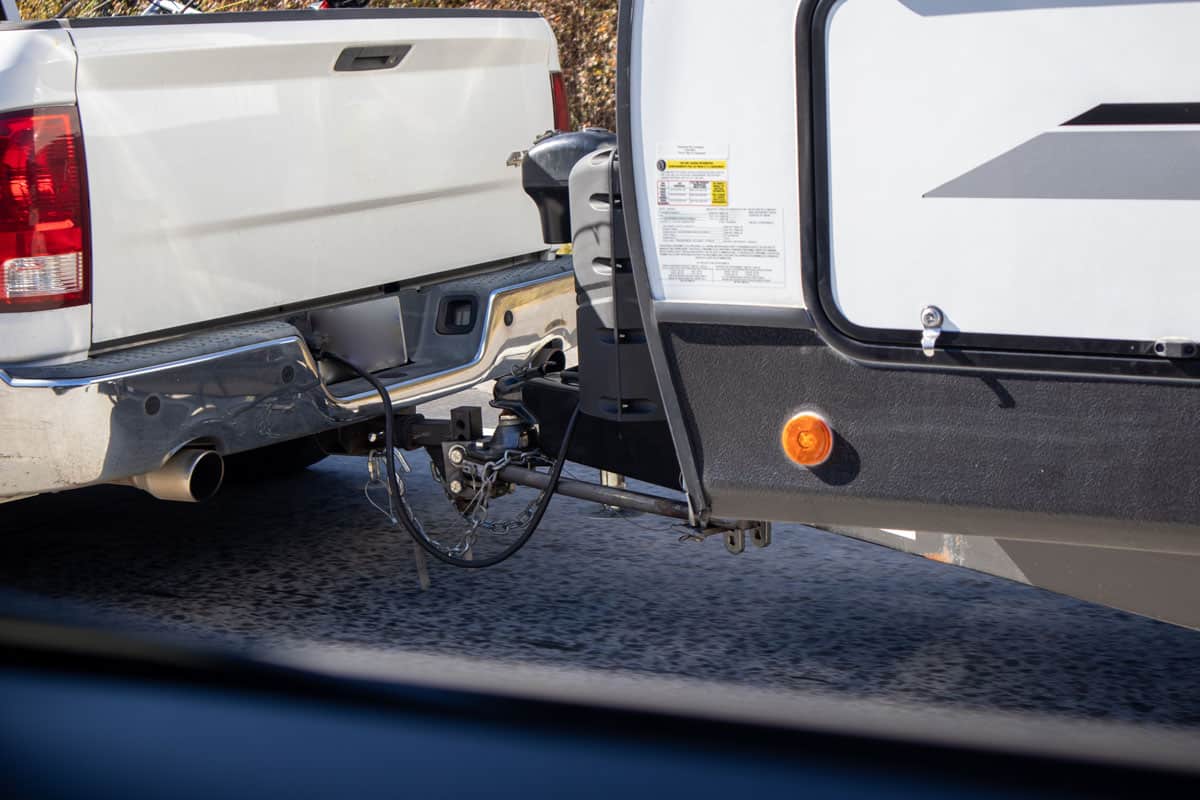
Generally, hitches are not light. They are mostly made of durable steel, which adds some weight. However, it doesn't mean you should lift them carelessly because they could cause bodily harm.
The Equalizer assemble kit weighs at least 105 pounds without the shipping materials. The components weigh less separately. For example, the shank weight and the head can be approximately 42 to 46 pounds. It makes the Equalizer hitch heavier than its counterparts.
The Blue Ox Sway Pro weighs 80 pounds, making it lighter than the Equalizer. It could weigh more by a few pounds for shipping, given the packaging.
Which Hitch Can You Use To Back Up?
Manufacturers have ensured you don't have to disconnect the hitch to back up when using the Blue Ox Sway Pro. It's advantageous on narrow roads and when you have limited space to maneuver. The hitch distributes the weight evenly to allow the driver to control the vehicle and the trailer simultaneously.
The Equalizer has not been left out in providing this convenience to its users. Backing up with an Equalizer hitch attached to your vehicle is easy and safe enough as long as you have the brackets installed in the correct range. The arms must have enough room to maneuver, especially in tight or sharp bends and turns.
Are Both Hitches Compatible With Surge Brakes?
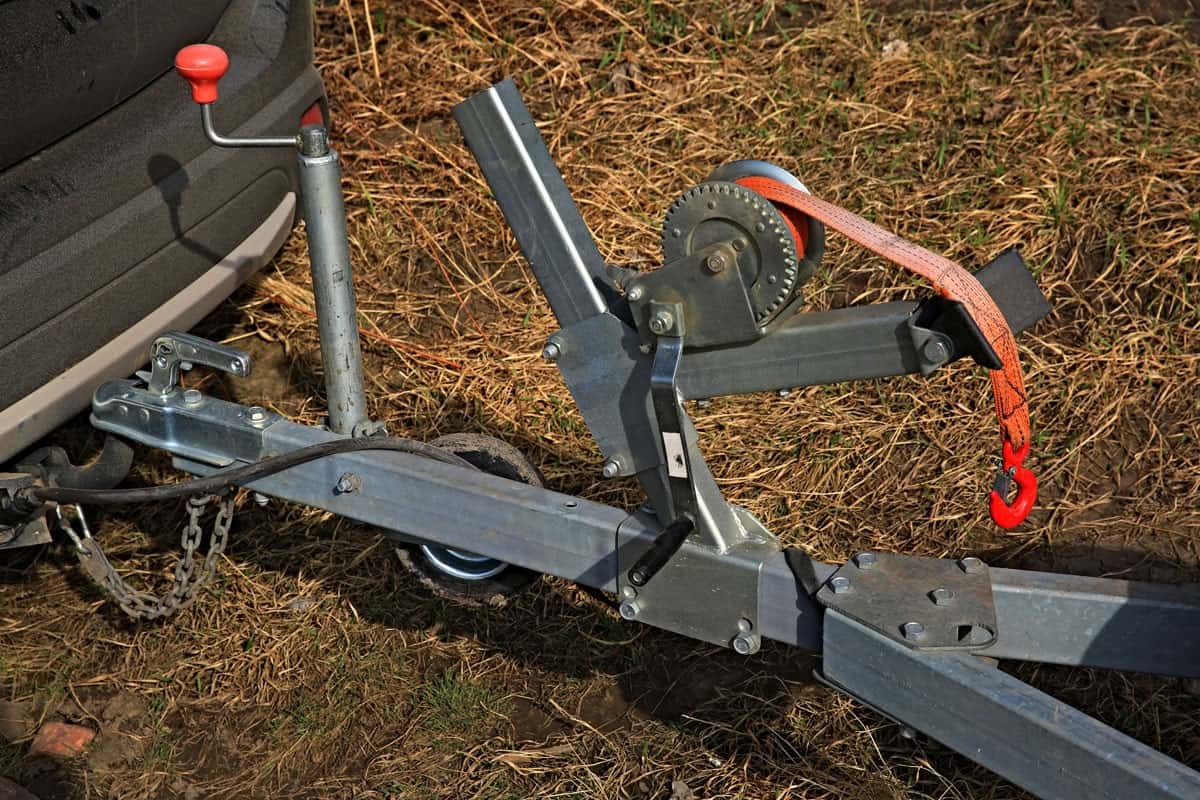
Yes, they are. The hydraulic surge brakes don't interfere with the Blue Ox Sway Pro hitch. This factor makes it compatible with about any vehicle on the market.
The same can be said for the Equalizer. The spring arms of the hitch can move freely even though the frame bracket is rigid. It means that you don't hamper the mechanism's movement of the surge brake in any way.
Do These Hitches Need Lubrication?
Being made of metal and steel, the Equalizer and the Blue Ox Sway Pro are prone to corrosion. Moreover, they have no encasing, meaning they are exposed to the elements. Therefore, regular lubrication is mandatory for these hitches.
Manufacturers require the Equalizer owners to lubricate the sockets, which enables the hitch ball to move smoothly. Owners and users should primarily lubricate new and torqued hitches before using them. The grease you use for your weight distribution hitch must be water-resistant and non-corrosive.
The Blue Ox Sway Pro hitch is not an exception either. Lubrication is a must for the spring bars and the hitch ball. Experts have taken a step further and specified the recommended grease for the Blue Ox Sway Pro. The molybdenum grease works wonders on this and prolongs its lifespan.
You can click here to buy this grease on Amazon.
To achieve the best results and ensure that the grease doesn't go to waste, you should:
- Determine the areas to be greased.
- Clean and remove any residual on the hitch with a good rag.
- Place the lubricant on the right spots and spread it evenly.
- Get to all the necessary parts of the hitch.
- Reapply the grease where needed.
- Reattach the weight distribution hitch to apply the grease to unavailable crevices and creases.
Regularly greasing your hitch ensures that the towing capacity isn't compromised or lowered.
Here is a short tutorial on these steps.
How Many Sway Control Points Do Hitches Have?
An unbalanced trailer might sway from side to side, and uneven roads could increase this motion. It would be best to have a properly balanced hitch to help control the trailer sway. The Equalizer has four sway control points, while the Blue Ox Sway Pro has two.
However, the number of sway points doesn't affect the effectiveness of either of the hitches. Consumers have noticed that the more friction points, the more stable the trailer and the more weight the hitch can pull.
This fact gives Equalizer an upper hand, which seems to have the stability of a locomotive to your trailer. Experts advise Blue Ox Sway Pro owners to have three full chain links under the latch to achieve similar stability.
Which Of The Weight Distribution Hitches Is The Best?
Reviews from customers differ immensely on this subject. Some base their preference on experience, while others go with the general opinion. But before you make a choice, consider the above points and pick the right hitch for your trailer.
The poor performance of any given hitch boils downs to the user's miscalculation of their trailer's weight hence picking the wrong hitch.
To Wrap Things Up
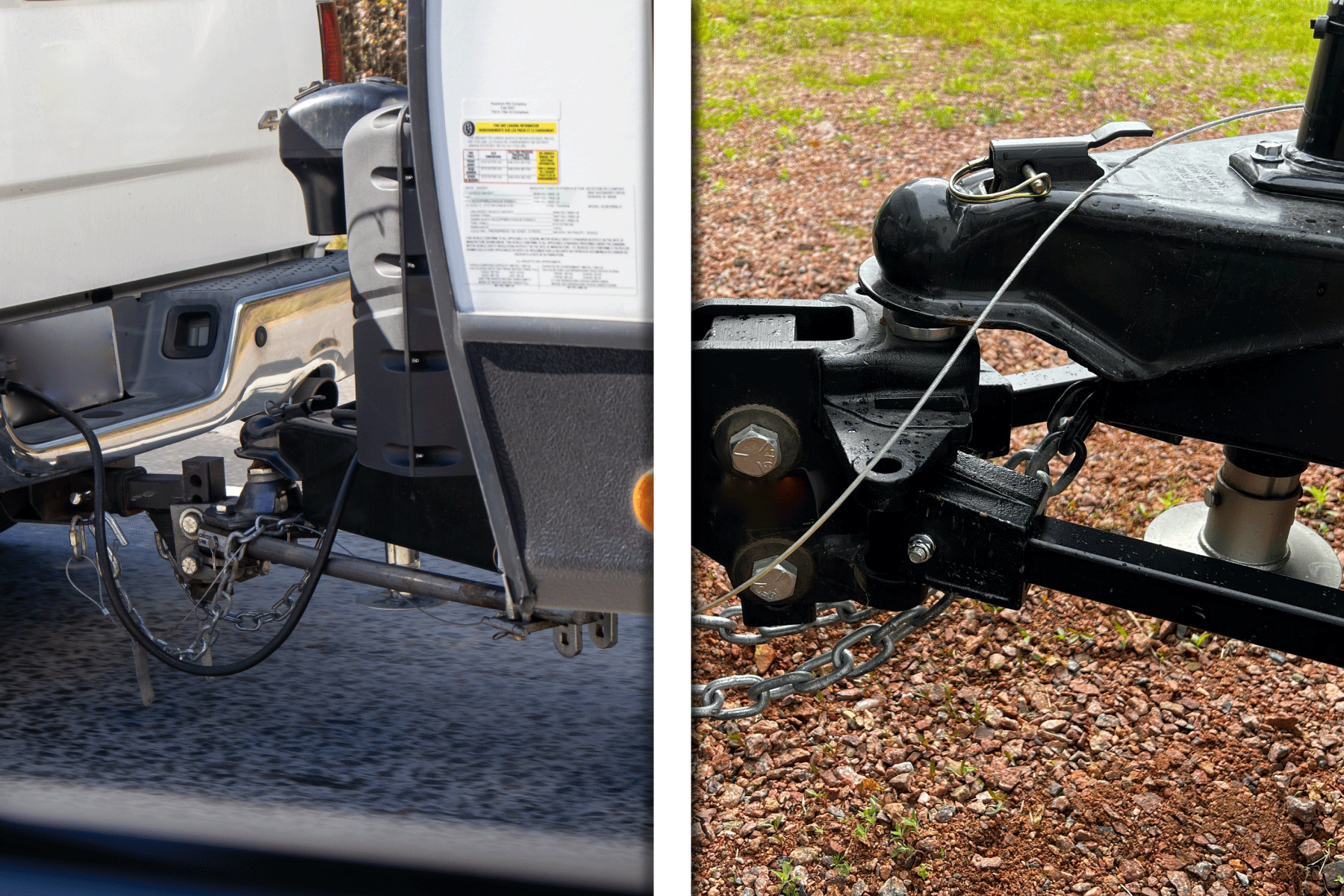
Consider the features of each hitch and the weight category of your trailer before choosing what to invest in. Remember, this is advice as a weight distribution hitch has a long lifespan, and it will be devastating to pick the wrong one and get stuck with it.
Check the following posts on hitches and other weight distribution issues and how to tackle them.
Chain Vs. Bar For Weight Distribution Hitch Which Is Best?
Weight Distribution Hitch Is Making A Popping Noise-Why? What To Do?



